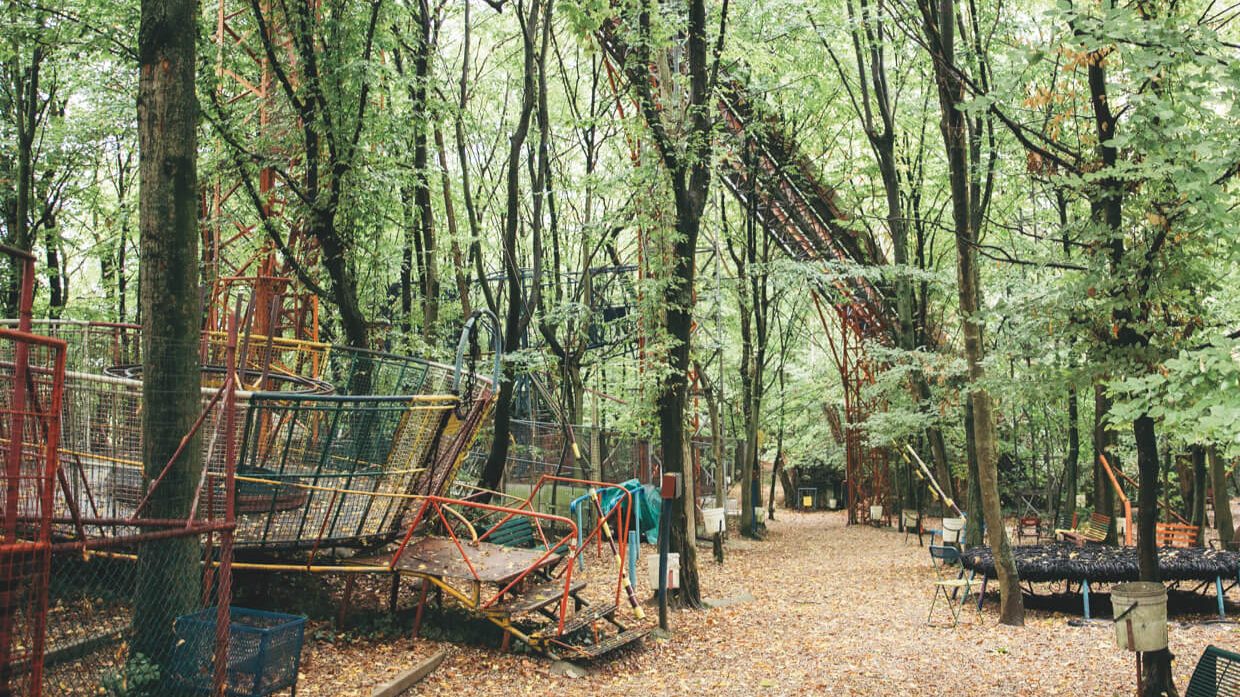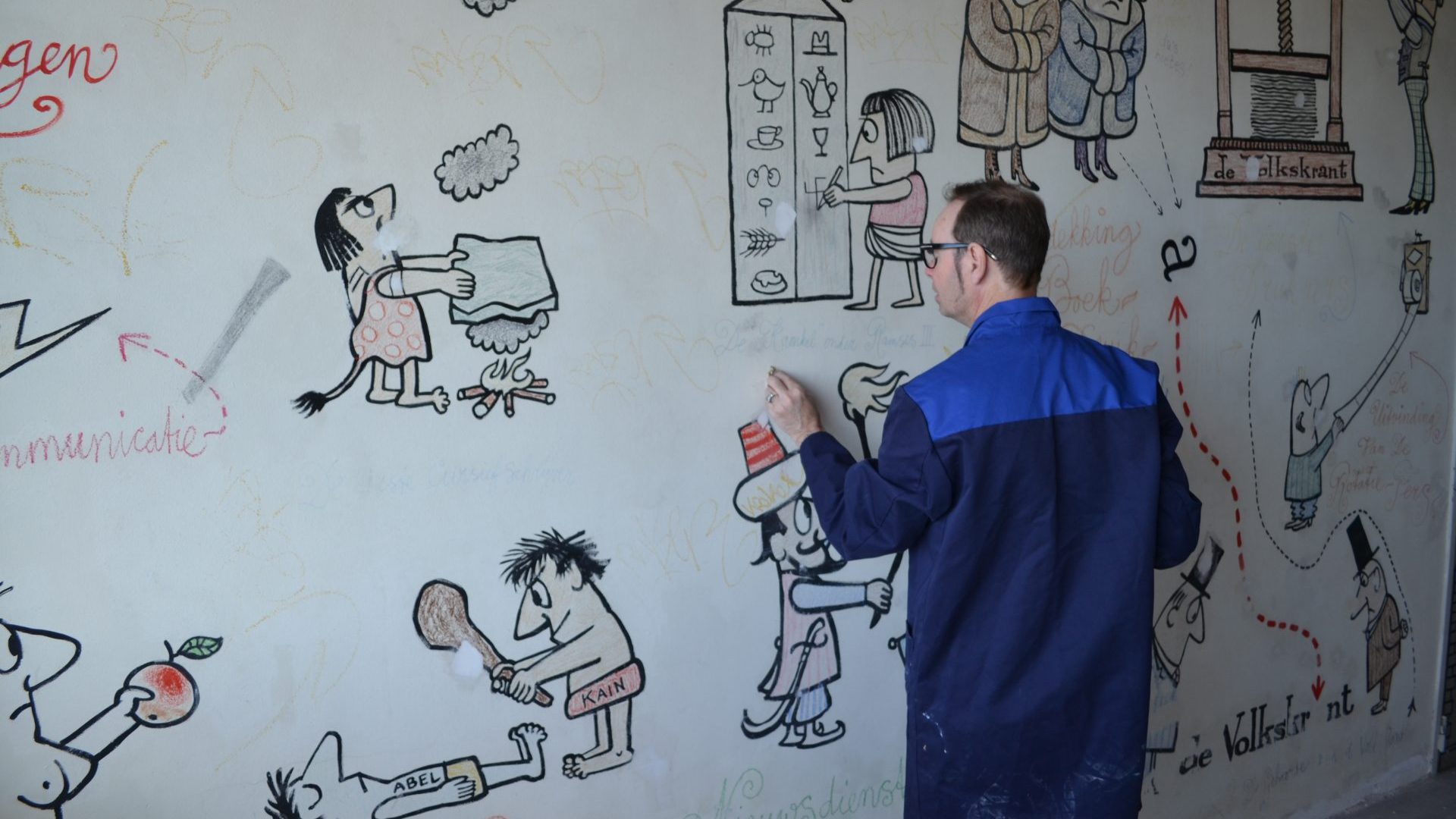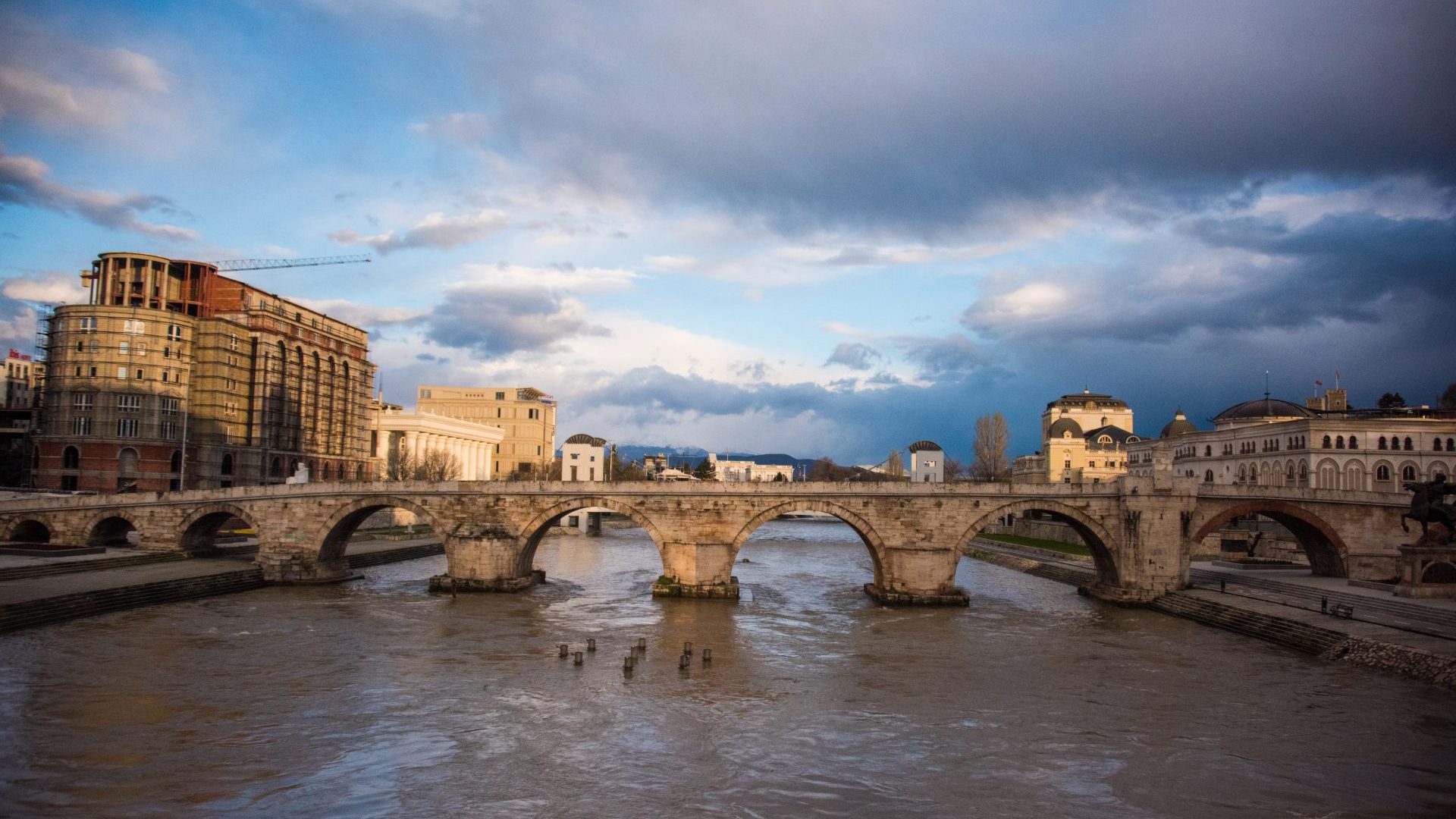If someone were to come up to me and say “Would you like to go to a handmade theme park with rides all built by an 86-year-old man?” chances are I would have responded with a very curt “no”.
But life often takes you by surprise, and I was surprised at myself when someone asked that very question and my reply was: “Sure”. And then: “Does Saturday work for you?”
A couple of days came and went and Saturday arrived. I drove up to the amusement park, which was located just outside Nervesa della Battaglia, a small village in the Treviso province of Veneto.
When I got there, I couldn’t see any rides: just trees. “This is an aptly named park,” I thought to myself. The park’s name – Parco ai Pioppi – translates as Poplar Park. And then I saw the rollercoaster, which towered above and stretched across the park’s skyline. People rode this beast all the way up to the top, and were then dropped, backwards, in the handcrafted carts.
Other attractions included two-track rollercoasters, tree-height slides, a nerve-racking zero-gravity wheel, and many other rides, all of which looked as if they hadn’t been painted in about 20 years.
It was rammed with families and young adults. My English ears picked up voices from the States and Australia. I ventured off back towards the osteria, or cafe, near the entrance to meet the owner, Bruno Ferrin, and talk about his forested park. His grandson behind the counter told me his grandfather was having lunch with his friends.
“He’s right over there,” the grandson said, gesturing at an elderly man with a black flat cap sitting at the head of one of many tables. “But as you can see, he’s with a lot of people and still eating so he may be there for an hour.”
The grandson, who didn’t mention his name, offered me a free portion of Italian barbecue while I waited. He piled the plate with unsauced ribs, chicken and polenta. I gobbled it down in 10 minutes and then waited for Bruno to finish. Almost two hours passed until he walked up to my table and asked “Are you Jessica?”
The park, he tells me, started out as an osteria in 1969, when the old man sitting across from me was just 32.
“I knew then that I wanted to build something more. I wanted to make a community where families could come and have fun,” he says. “That’s when I drew up a plan for a park and put the idea forward to the landowner.”
The park’s first ride was built and completed four years after the osteria opened, and shortly after, Bruno bought the land.
“I wanted a space where joy was heard in the trees. You see, when I was growing up, the war was going on. Living in Italy at that time was not easy. There were fascists and Germans, and normal people had barely anything to eat.”
His workshop is a little cabin stacked with sheets of iron, tools and soldering equipment.
“I do all the welding myself and all the rides are made from iron,” he says. “I don’t draw the rides or calculate the measurements because I didn’t study that, but I have been taught how to build things.”
As of yet, fortunately, no deaths or serious accidents have occurred in the park. Perhaps the most serious reported incident happened 15 years ago when a 10-year-old child fell four metres and sustained bruises. It sounds scary, but I noticed on my walk around the theme park there were plenty of ride operators as well as a first-aid tent.
“What does this park mean to you, Bruno?” I ask him.
“Life,” he responds. “Simply life.”




